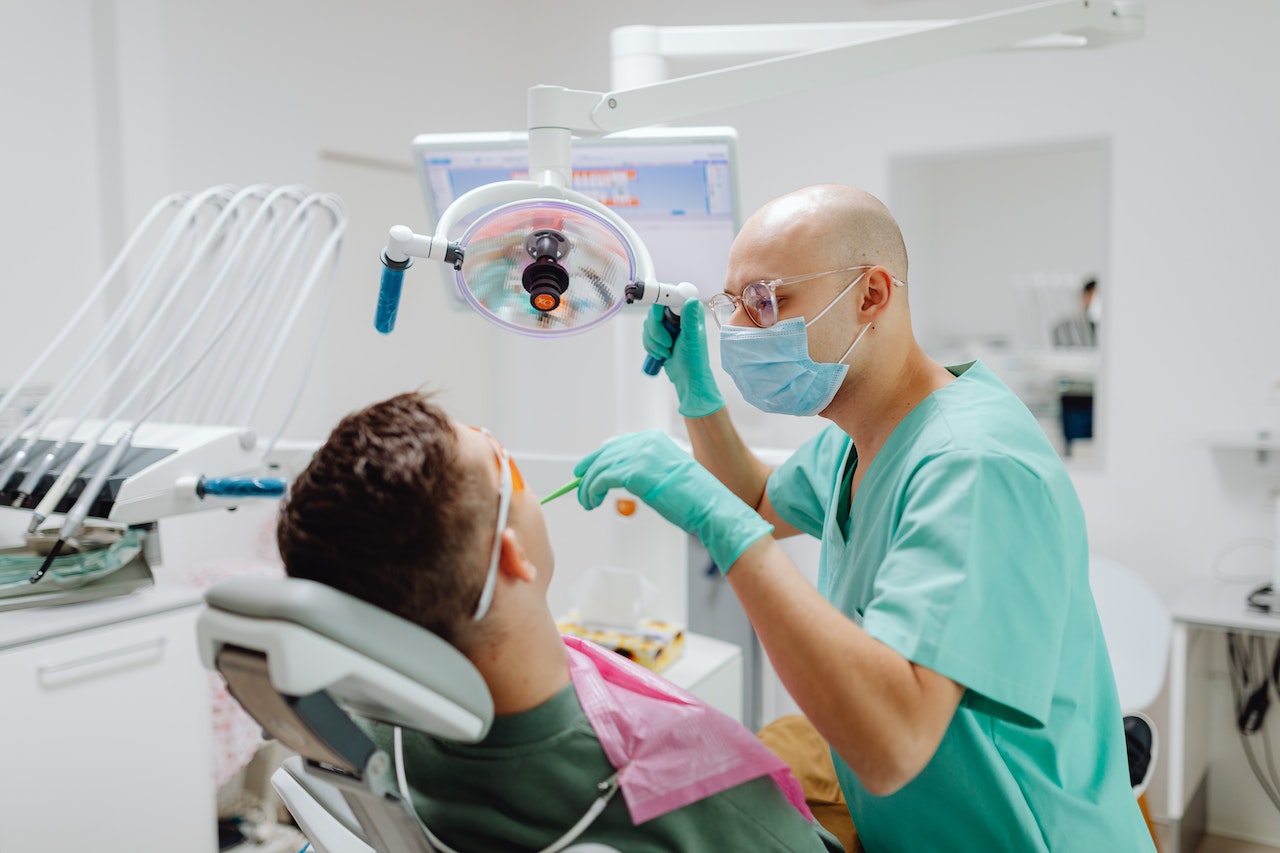Periodontists specialize in diagnosing and treating periodontal diseases. Periodontists are a type of dentist, and periodontal disease is gum disease. They’re trained to help their patients prevent gum diseases through regular cleanings. They receive training to use the latest technology and techniques to prevent and treat gum disease. With cleanings, your dentist can help you prevent gum disease, but a periodontist can take prevention one step further.
What Kind of Procedures Does a Periodontist Perform?
When you visit a periodontist, initially, they review medical and dental history. After the initial review, they examine the gums and check for gum recession and potential bite problems. Probes are used to determine how deep periodontal pockets are, assessing the health of the gums. X-rays are used to check for bone damage below the gum line. Once the periodontist reviews the factors concerning their patient, the treatment can begin. Your periodontist’s treatment will depend on how severe the gum disease is. Common treatments for gum disease are:
- Cleanings: When cleaned, plaque and tartar are removed from the teeth and below the gums. If the patient has gum disease, more frequent cleanings will be recommended. In some cases, a deep cleaning might be recommended. If you need deep cleaning, your periodontist will schedule the appointment.
- Root planing and scaling: Both root planing and scaling are deep cleaning procedures done with local anesthesia. Plaque and tartar are scraped away from the teeth and gums. If the teeth have rough spots, they’re smoothed out to prevent bacteria from attaching. Smoothing out the teeth also provides a smooth surface for the gums to reattach easily.
- Flap surgery and pocket reduction surgery: You might need surgery if the gum disease is more advanced. During surgery, the gums are lifted so the tartar can be removed. The surface of a damaged bone can be smoothed where disease-causing bacteria hide. After the surgery, the gums are placed around the teeth more firmly.
- Bone grafting: A patient’s bone, donated bone fragments, or synthetic bone replaces oral bones damaged by gum disease. The bone grows around the grafted pieces, making the teeth more stable. A soft tissue graft may also be used if the gums have receded too much.
- Laser gum surgery: Laser surgery might be chosen for patients who cannot undergo other treatments. Laser surgery is less invasive and requires less downtime. It also reduces the risk of post-surgical tooth sensitivity.
Periodontal disease can lead to many health problems if left untreated. Regular exams and cleanings can prevent periodontal disease and treat it early. If gum disease is treated in its earliest stages, it can easily be reversed.
When do I need to Seek Treatment for Gum Disease?
When left untreated, gum disease can become worse. When you notice the first signs of gum disease, contacting your dentist is imperative. Your dentist can help you improve your gum health and avoid a reoccurrence of gum disease. Call us to schedule a consultation with Torrance Dental Associates if you’re concerned about gum disease.

